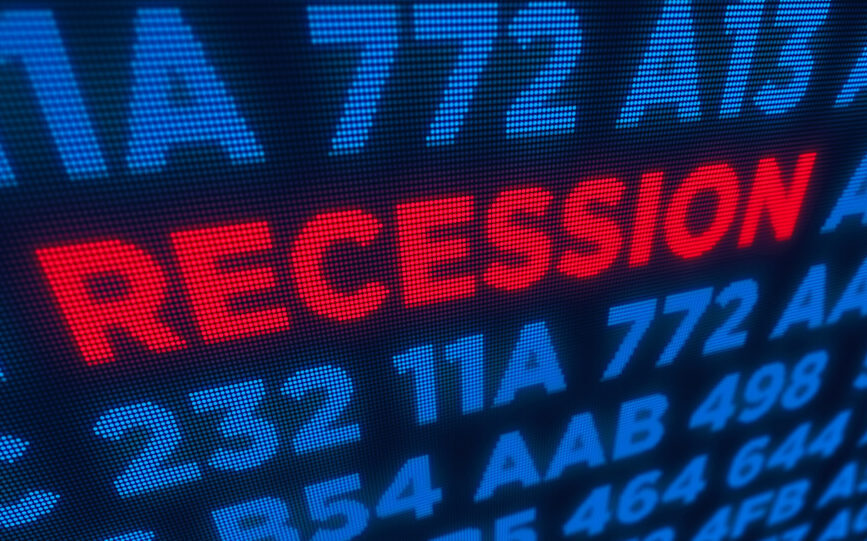The MIT Sloan School of Management and State Street Associates took an interesting — albeit, somewhat creepy — new approach in a study that found there is now a 70% chance a recession will hit the U.S. within the next six months.
Researchers analyzed monthly changes among four indicators: industrial production, nonfarm payrolls, stock market returns and yield curve slope. The relationship between those four data points was then compared to historical data from 1916 on.
Using the Mahalanobis distance, which is a measure used to analyze human skulls, the researchers analyzed the correlation between those four data points.
“The Mahalanobis distance was originally conceived to measure the statistical similarity of the values of a set of dimensions for a given skull to the average values of those dimensions for a chosen group of skulls,” scientists told CNBC.
Researchers found that the unique index, they call the KKT Index of the Business Cycle, has risen “leading up to every recession so that the combination of its trajectory and level provides a reliable indicator of the likelihood of recession,” they wrote in the study.
“This index offers a precise probability of recession or robust growth … by comparing key variables to the patterns that prevailed during historical episodes,” William Kinlaw, co-author of the study, said in an interview with Axios.
The index’s latest reading showed the chance of recession was twice as high as growth over the next six months. The study found that when probabilities reached this high a level, a recession occurred 70% of the time.
“This level is driven primarily by two factors: weakening industrial production and the slope of the yield curve,” Kinlaw said. “By comparison, the unconditional likelihood of a recession occurring in any six-month period is only 17%.”
Economic data may tell a different story, though. The latest ISM manufacturing index showed manufacturing finally expanded again after five straight months of contraction.
Coronavirus fears in China did spark some recent action in bond markets, causing the yield curve between the 10-year and 3-month Treasurys to briefly invert last week. Yield curve inversions of the 10-year and 2-year Treasury notes occurred frequently last summer, and Credit Suisse data showed that stocks may rally for up to 18 months before a recession hits, which would fall after the six-month window MIT is predicting.
Only time will tell if a recession is truly coming soon, and if MIT turns out to be right, the skull study would go down as one of the most interesting ways to predict economic activity.




